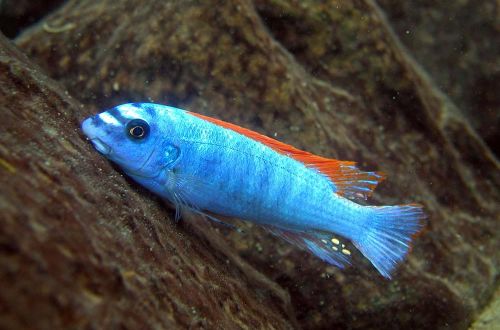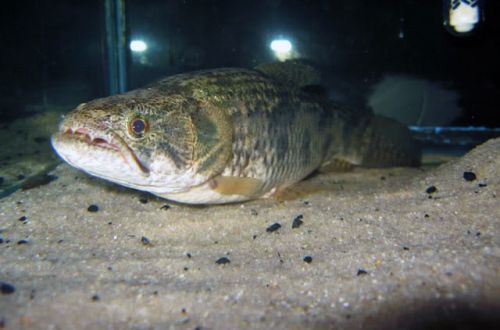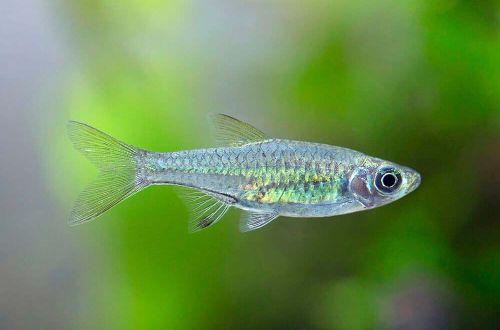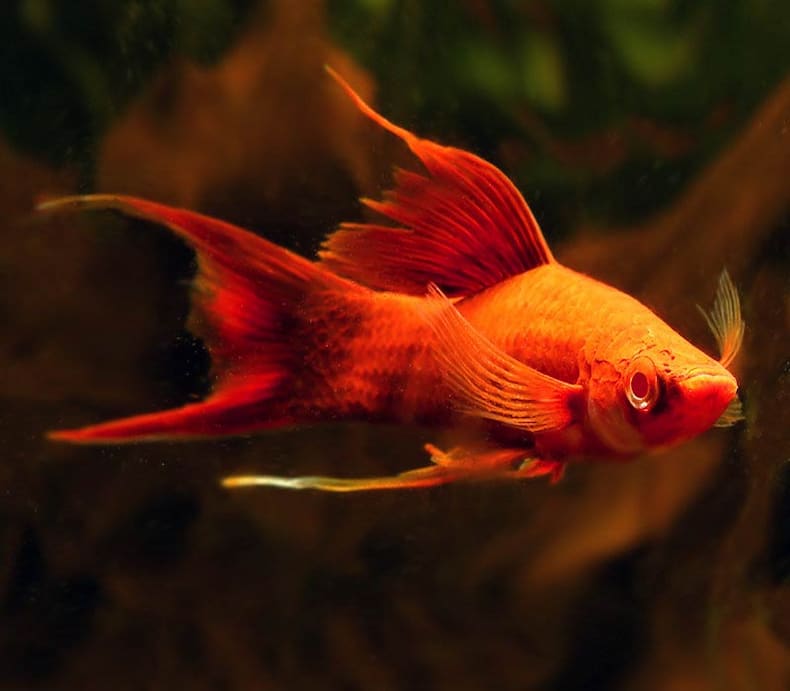
Forked swordsman
Forked swordtail, English trade name Hi Fin Lyretail Swordtails. It is an artificially bred breed. It first appeared in the United States in the late 1960s as a result of hybridization between the Flag and Lyretail Swordfish.

The new breed inherited the main features from its predecessors – a large dorsal fin, long rays at the ends of the tail and other fins. Initially, the main color was red, but later varieties of a different color appeared: black and yellow, with Koi colors, completely white and some others.
Brief information:
- The volume of the aquarium – from 100 liters.
- Temperature – 16-28°C
- Value pH — 7.0–8.0
- Water hardness – soft to high (10-30 dGH)
- Substrate type – any
- Lighting – moderate or bright
- Brackish water is permissible in a salt concentration of up to 15 g per 1 liter
- Water movement – light or moderate
- The size of the fish is 7–10 cm.
- Food – any food
- Temperament – peaceful
- Content alone, in pairs or in a group
Maintenance and care
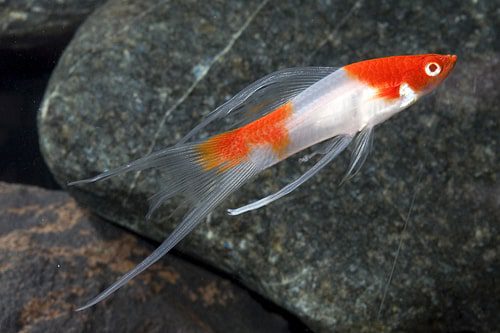
Due to their hardiness and unpretentiousness, Forked Swordtails will make a wonderful addition to any freshwater and brackish aquarium community. The only limitation is the possible proximity to large and aggressive fish, which should be avoided. You should also carefully approach the choice of neighbors from among the barbs. Some of them tend to bite off, damage other people’s fins, especially if they are very long.
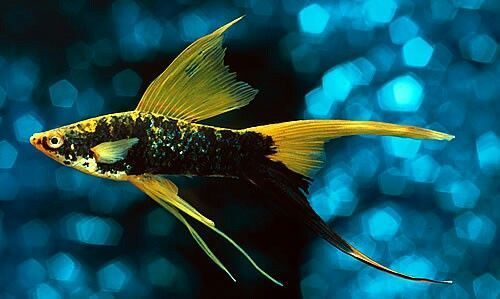
The contents will not cause difficulties even for a novice aquarist. It is important to provide a balanced diet, maintain a suitable hydrochemical composition of the water and prevent the accumulation of organic waste (feed residues, excrement).
Features of reproduction
In addition to the advantages, this breed has inherited some disadvantages. The most obvious of these is the reproductive problems in male Forked Swordtails due to an excessively elongated gonopodium.
In a number of sources (forums, specialized sites), you can sometimes find tips on trimming gonopodia. However, for amateurs and novice aquarists, such a “surgical intervention” is not even worth considering.
You can get healthy offspring by crossing a female with a male of another breed, for example, the Red Swordsman. The gene for “long fins” is dominant, so it will appear in many fry.



